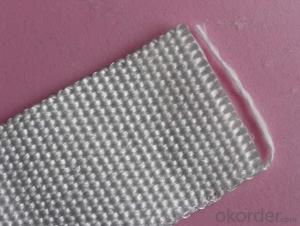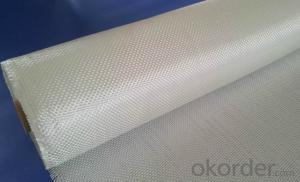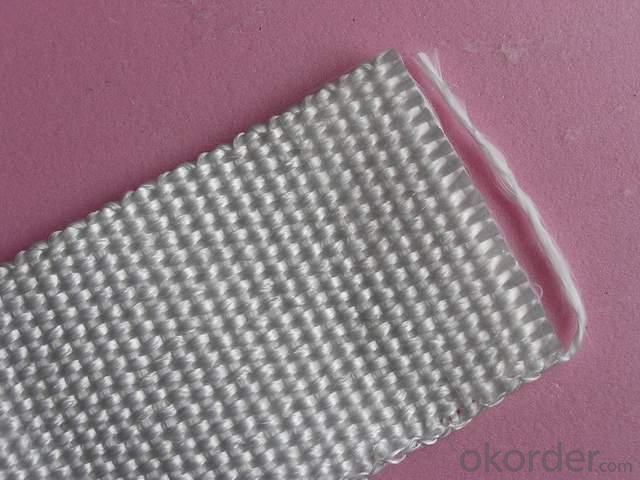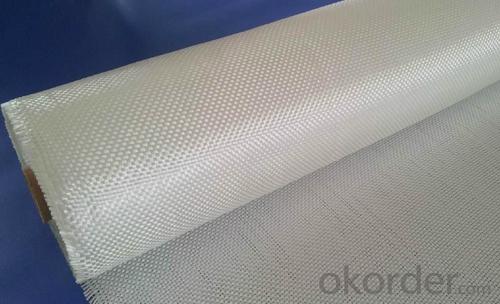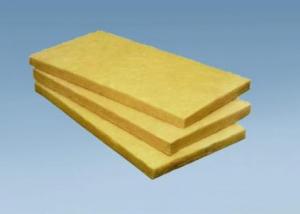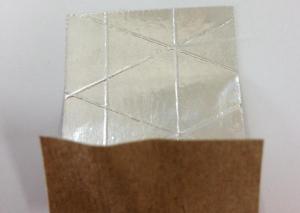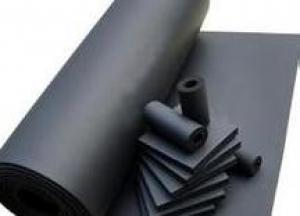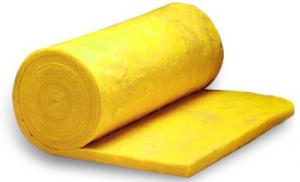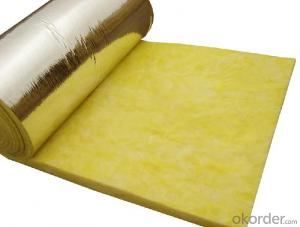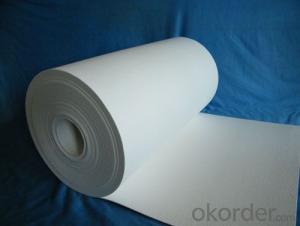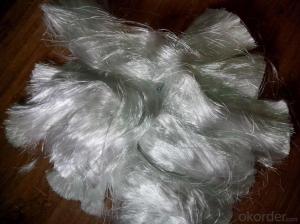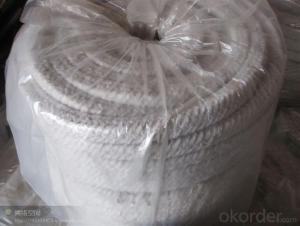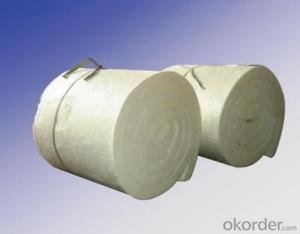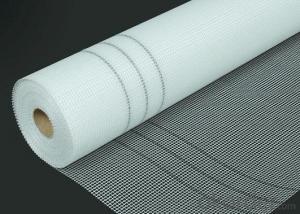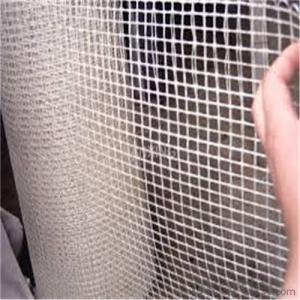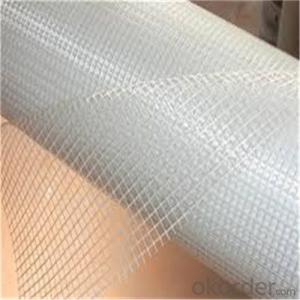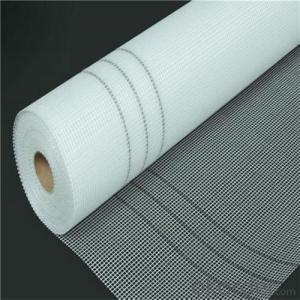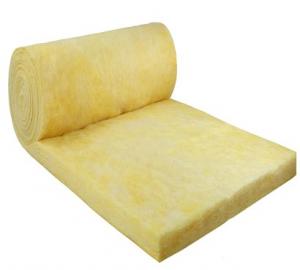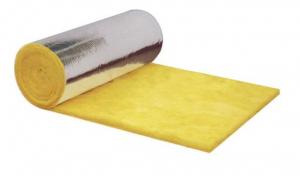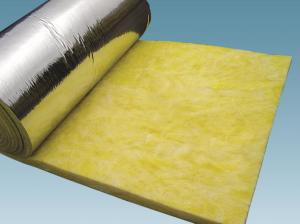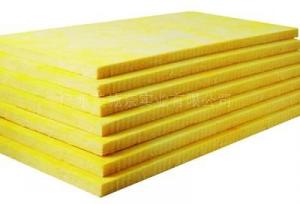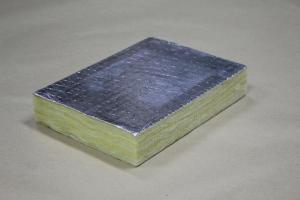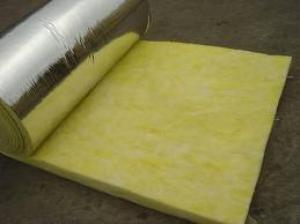Glass Wool Fiberglass Cloth for Refractory Material Products
- Loading Port:
- China main port
- Payment Terms:
- TT OR LC
- Min Order Qty:
- 5 m.t
- Supply Capability:
- 500 m.t/month
OKorder Service Pledge
OKorder Financial Service
You Might Also Like
Quick Details
| Place of Origin: | Henan, China (Mainland) | Brand Name: | cnbm | Model Number: | LM |
| Application: | Filter Mesh | Weight: | 50 | Width: | 0.5 |
| Mesh Size: | 0.1 | Weave Type: | Plain Woven | Yarn Type: | E-Glass |
| Alkali Content: | Medium | Standing Temperature: | 500 | product: | glass fiber reinforced mesh |
| mesh: | 2.85-10mm | roll width: | 5cm-2.0m | color: | white |
Packaging & Delivery
| Packaging Details: | shrink film-carton - pallet |
| Delivery Detail: | within 10days after receiving deposit |
glass fiber reinforced mesh
1.Characteristics
The product has generous texture, firmly node, suitable flexibility as well as acid alkali resistant and anti aging.
2.Specificiations
A. mesh size: 4×4mm,4×5mm,5×5mm, 5×6mm ,10×10mm,etc
B. weight per unit area: 80g/m2~200g/m2
C. width : 0.5~2M
D. color: white.
Description
Fiberglass Biaxial Fabric and multiaxial fabric consists of two or more layers roving fiberglass at different orientations (0, 90, +45, -45), which are stitched together by fine polymer yarn. Standard configurations include biaxial (0,90), (+45,-45), traxial(0,+45,-45) or (90, +45, -45) and multiaxial (0,90,+45,-45), this product is available with and without chopped glass strand.
Application
It is omnipotent with any complex FRP/Composites products needing reinforcement. For instance, wind turbine blade, container, ship building industry, truck, auto industry, sports apparatus, medical apparatus, the furniture, etc.
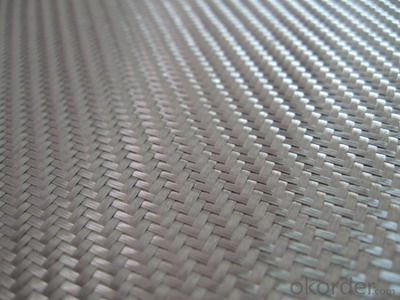
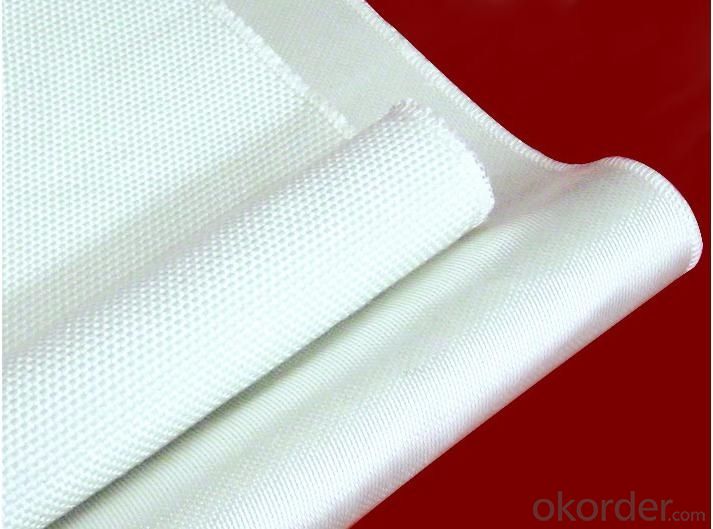
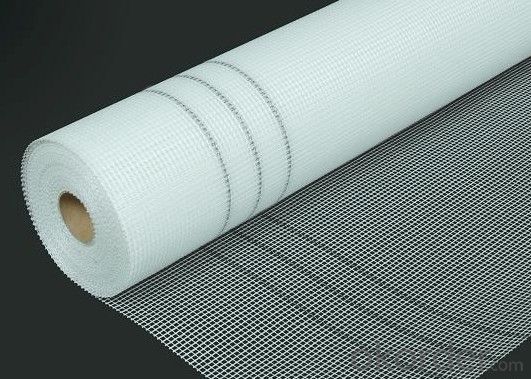
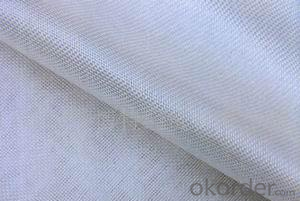
- Q: What are the differences between glass wool and natural cotton? Are there any differences when touching?
- The glass wool has no peculiar smell. The natural cotton refers to cotton with no use of pesticides and chemical mordants from plantation to processing. It has advantages of aging resistance and sound absorption (effective sound insulation), etc. So it belongs to glass in terms of chemical composition. The ashes of natural cotton being burned are gray, almost black dust. The main feature of it is good perspiration absorption, then burn it: cut a small piece of cotton, it is comfortable, so I can not tell you about it. Distinguish method, it is the most suitable material for human skin for its green and environmental protection process. It can directly touches human skin, has no pilling. And it is antistatic and antipruritic with no use of pesticides and chemical mordants. Glass wool is fireproof: as for the hand feeling, I do not know any differences between them. Glass wool fiberizes the melten glass. Since the glass wool is fireproof and moisture-proof, forgive me. Cotton with no industrial sewage discharges during production has no ashes. (Ps, to form a cotton-like material
- Q: What is the thermal insulation material of glass wool?
- The density is 12kg / m3, isn't it?
- Q: What are the differences between glass asbestos and glass?reinforced?plastics?
- Asbestos is the general term of natural fibrous silicious minerals, which is a silicate mineral fiber fireproof?panels of construction materials. It is the only natural mineral?fiber with good tensile strength, thermal insulation and corrosion resistance performance, thus it has a wide application. There are many kinds of asbestos, the three most common ones are chrysotile asbestos(white asbestos), amosite asbestos(brown asbestos) and crocidolite asbestos (blue asbestos), and the chrysotile asbestos is the most abundant, and commonly-used one. Glass fiber is an excellent inorganic nonmetallic material. The original name in English: glass fiber. Glass balls or discarded glass are raw materials of it. And it is rocessed by techniques of high temperature melting, wire drawing, winding, and weaving. Finally, it becomes various products. The diameter of glass fiber's monofilament is from a few microns to twenty microns which equals to the 1 / 20 to 1 / 5 of human hair. Each bundle of fiber precursors is composed of hundreds of or even thousands of monofilaments. Usually, it is used as reinforced materials,electric insulation materials, thermal insulations and circuit boards in complex materials, and is widely used in various fields of national economy. Glass fibers are twistless roving and textile gauze with different specifications and uses which are twisted. There are two kinds, namely alkali-free (R2O<0.8%, Code E) and alkali (R2O12.0±0.47%, Code C). They are mainly used as reinforcing materials for hand lay-up, lamination, winding and spraying formation of glass?reinforced?plastics, as well as are contributors to the production of electronic insulation, composite, and fireproofing glass?fiber products.
- Q: Whether the rock wool is belong to the glass wool product or not.
- the manmade inorganic fiber is made by the high-speed centrifugation equipment. it molding is good. the different rock wool thermal insulation products has different requirements, and it can be made into different specification and the material of the cotton-shaped is the inorganic substance fiber with stable chemical performance. Glass wool is melten glass fibrosis, it is corrosion resistance, and man-made inorganic fiber, while adding a special binder and dust?laying?oil, low bulk density, good sound absorption, thermal insulation, low thermal conductivity. Glass wool belongs to a category in glass fiber, chemical composition belongs to glass, melting in high temperature! the specific defination is in the following rock wool is taken the natural basalt as the main raw material. the two names are different but the thermal insulating and refractory material performance is nearly the same.
- Q: What environmental pollutions will be created during the production of glass wool?
- There are harmful health hazards in the exhaust gas during the production of glass wool, such as phenol, formaldehyde, and glass fiber dust. Glass wool is very small. If it is on the skin, it will be atingle and itchy. If it gets into lungs, it will be quite dangerous.
- Q: To reach better sound absorption effect, which should be filled in the keel, glass wool felt / board or polyester fiber cotton felt / board ?
- Glass wool board Glass wool board is mainly used for sound insulation. Glass wool felt is mainly used for thermal insulation, and polyester fiber cotton felt is mainly for thermal insulation and sound absorption.
- Q: Which is the more commonly used thermal insulation material between thermal insulation glass?silk wool and rock wool?
- Glass wool is a little better in that it has a lighter volume-weight than rock wool and better water-resistance ability, but it is more expensive than rock wool a lot of density, waterproof performance is better than lighter than wool to wool, but glass wool is more expensive in price per unit. In terms of fireproof effect, rock wool is definitely superior to glass wool. Rock wool has a maximum temperature of 1100 ℃, whereas glass wool has only 600 ℃. In addition, if used in the external walls, since glass wool has a limited volume-weight, which can merely reach at 60 to 90 in general, but rock wool have a volume-weight up to 140, so present-day external walls will not employ glass wool in general. Instead, rock wool is usually available because it is a A-level fireproof material. Glass wool is slightly lower than roock wool in thermal conductivity, while rock wool has longer fiber length. As for prices, glass wool per ton is more expensive than rock wool, but if the price is measured by per square, glass wool then is cheaper than rock wool.
- Q: what is the raw materials producing glass wool insulation materials?
- Glass wool is molten glass that undergoes fibration process, cotton-like material. it is a good shaped inorganic fiber with small volume density, low thermal conductivity, thermal insulation property, sound-absorbing properties, corrosion resistance , chemical stability.
- Q: What is the difference between red glass wool and yellow glass wool in terms of technical parameters?
- The majority of glass wools are yellow, while glass wools with the color of red or other are called color glass wool which are rarely used.
- Q: Why does glass wool turn black when exposed to heat? Wether it will ffect the thermal insulation effect.
- The burning like alcohol lamp uses glass wool as the substrate. There are two possibilities to take alcohol lamp to do experiment, which containing organic substances. 2. 1, High temperature oxidation. I produce aerogel thermal insulation felt, and I have seen that the charcoal ash produced is attached to the glass wool. It has some impact on thermal insulation effect, but the impact is small.
Send your message to us
Glass Wool Fiberglass Cloth for Refractory Material Products
- Loading Port:
- China main port
- Payment Terms:
- TT OR LC
- Min Order Qty:
- 5 m.t
- Supply Capability:
- 500 m.t/month
OKorder Service Pledge
OKorder Financial Service
Similar products
Hot products
Hot Searches
Related keywords
